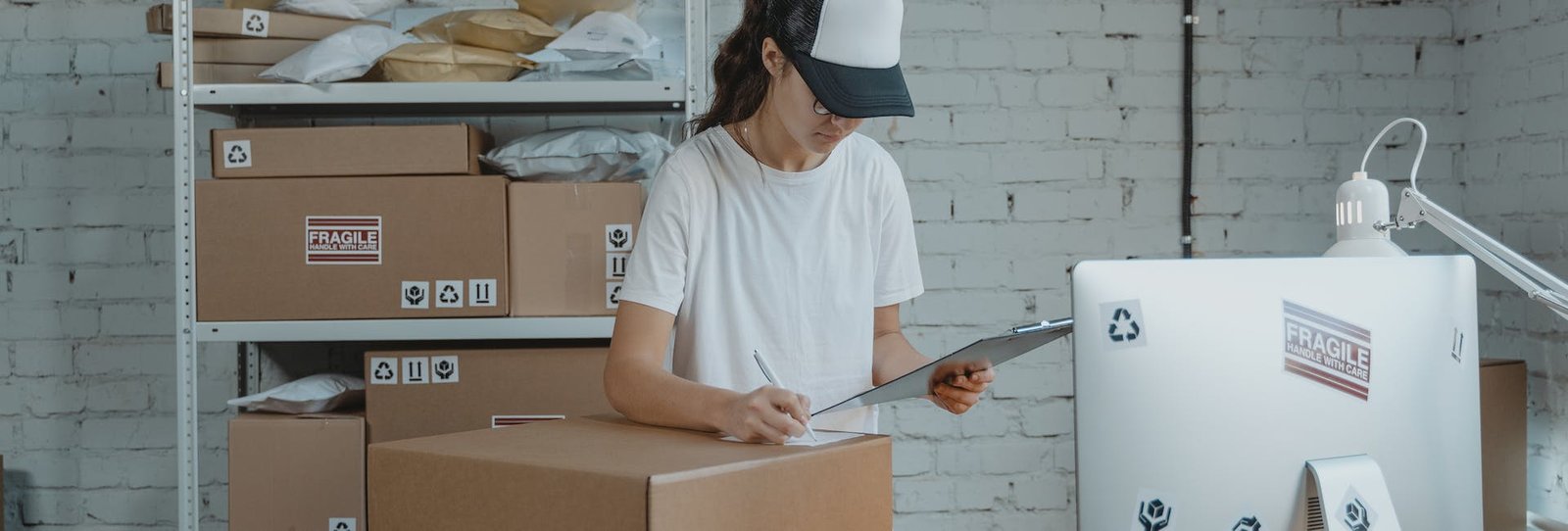Introduction to Amazon Reimbursement Claims
If you’re an Amazon seller, you’ve likely encountered situations where your inventory goes missing, shipments are damaged, or fees seem too high. Fortunately, Amazon offers a system for reimbursement claims that can help you recover some of these losses. But what exactly is an Amazon reimbursement claim, and how can you file one?
What is an Amazon Reimbursement Claim?
An Amazon reimbursement claim is a request submitted by sellers to Amazon for compensation when issues arise with their inventory, shipments, or fees. These claims are essential because they help sellers recover money from losses that occur due to mistakes or mishandling on Amazon’s part.
Why Sellers Need Reimbursement Claims
For sellers, every lost item or incorrect fee can affect their bottom line. By filing reimbursement claims, sellers can ensure that they’re not bearing the financial burden of these mistakes, helping to maintain profit margins and cash flow.
Common Reasons for Amazon Reimbursement Claims
There are several reasons why a seller might file a reimbursement claim. Understanding the most common issues can help you spot opportunities to recover money you might be owed.
Lost or Damaged Inventory
Amazon’s warehouses (Fulfillment Centers) handle massive amounts of inventory daily. Sometimes, items can get lost or damaged while stored in these facilities. If this happens, sellers can file a claim to be reimbursed for the cost of the lost or damaged items.
Overcharged Fees
Amazon charges various fees, such as FBA (Fulfillment by Amazon) fees and referral fees. Occasionally, sellers may be overcharged for these services, and a reimbursement claim can help recover those overpayments.
Incorrect Returns
Sometimes customers return products in an unacceptable condition, or they send back a completely different product. Amazon’s automated system may not always catch these discrepancies, leaving sellers out of pocket. Filing a claim for incorrect returns is a way to get compensation.
Lost or Damaged Shipments
Products shipped to Amazon or directly to customers can sometimes get lost or damaged in transit. If this happens and the shipping is handled through Amazon’s channels, sellers can file a reimbursement claim.
Understanding Amazon’s Reimbursement Policy
Before filing any claims, it’s essential to understand what Amazon will and won’t reimburse. The company’s policies are quite detailed, so knowing the rules can increase your chances of a successful claim.
Amazon’s FBA Reimbursement Policy
Amazon has specific policies in place for Fulfillment by Amazon (FBA) sellers. If Amazon loses or damages your inventory while it’s in one of their fulfillment centers, you may be eligible for reimbursement. However, the reimbursement amount is often based on the fair market value of the product, which might differ from what you expect.
What Amazon Will and Won’t Reimburse
While Amazon is generally good about reimbursing for their errors, they won’t cover everything. Items that are damaged or lost due to your errors, or products with expiration dates that pass while in inventory, usually aren’t eligible for reimbursement.
How to File an Amazon Reimbursement Claim
Filing a reimbursement claim may sound complicated, but once you know the process, it’s relatively straightforward. Here’s how to do it:
Step-by-Step Guide to Filing a Claim
- Identify the Issue: Whether it’s lost inventory, damaged goods, or overcharged fees, identify the specific problem for which you’re filing a claim.
- Go to Seller Central: Log in to your Amazon Seller Central account and navigate to the “Inventory Adjustments” or “Reimbursements” section, depending on your issue.
- Provide Documentation: Include any necessary documentation, such as invoices, shipping receipts, and screenshots of your Amazon reports.
- Submit the Claim: Once you’ve filled out all the necessary information, submit your claim to Amazon for review.
Required Documentation for a Claim
Be prepared to provide detailed documentation to support your claim. This may include shipping receipts, product invoices, and order details. The more thorough your documentation, the better your chances of a successful claim.
Timeline for Reimbursement Claims
Amazon typically reviews and responds to claims within 30 days. However, this timeline can vary depending on the complexity of the claim. Keep an eye on your email and Seller Central account for updates.
Tools and Services for Automating Reimbursement Claims
Managing reimbursement claims manually can be time-consuming. Fortunately, there are tools and services designed to help automate the process.
Third-Party Reimbursement Tools
Several third-party tools can automatically detect missed reimbursements and file claims on your behalf. These tools connect to your Seller Central account, monitor your inventory and transactions, and alert you when an issue arises.
Hiring an Amazon Reimbursement Service
If you prefer to outsource the entire process, you can hire an Amazon reimbursement service. These companies specialize in finding missed reimbursements and handling claims for you. While they typically charge a fee (often a percentage of the recovered amount), this can save you a lot of time.
Best Practices for Managing Reimbursement Claims
Keeping Accurate Inventory Records
Maintaining accurate inventory records is crucial for identifying issues and filing successful claims. Ensure that your inventory numbers match what Amazon reports and regularly audit your stock.
Monitoring Shipment Issues
Shipments can get lost or damaged in transit, especially during busy times. Stay vigilant by monitoring your shipments closely and immediately following up on any discrepancies.
Regularly Reviewing Amazon Reports
Make it a habit to regularly review your Amazon reports, such as Inventory Adjustments and FBA reports. These reports can help you spot potential reimbursement opportunities that you might otherwise miss.
Challenges and Solutions in Filing Reimbursement Claims
Overcoming Rejected Claims
Not all reimbursement claims are accepted on the first try. If your claim is rejected, review the reasons provided by Amazon and make any necessary adjustments. You may need to submit additional documentation or clarify details before resubmitting.
Preventing Future Losses
While filing claims is helpful, preventing future losses is even better. Implement systems to track your inventory, audit your fees, and monitor your shipments regularly.
Common Mistakes to Avoid When Filing Claims
Failing to Track Deadlines
Amazon has strict deadlines for reimbursement claims. If you miss these deadlines, you won’t be eligible for compensation. Set reminders to ensure you file claims within the appropriate timeframe.
Not Reviewing All Possible Claims
Many sellers focus only on lost or damaged inventory, but you should also review other areas like overcharged fees and incorrect returns. You might be missing out on potential reimbursements.
The Financial Impact of Amazon Reimbursement Claims
Recovering Lost Revenue
Every successful reimbursement claim helps you recover lost revenue. This can have a significant positive impact on your business, especially if you sell high volumes or expensive products.
Improving Profit Margins
By ensuring you’re reimbursed for Amazon’s errors, you protect your profit margins. Over time, these reimbursements can add up, making a noticeable difference in your bottom line.
Conclusion
Recap of Key Points
Amazon reimbursement claims can help sellers recover lost revenue from damaged inventory, overcharged fees, and incorrect returns. Knowing how to file these claims effectively is crucial for maximizing your business’s profitability.
Final Thoughts on Amazon Reimbursement Claims
By staying proactive, using the right tools, and following best practices, you can ensure that your business is protected from unnecessary losses. Regularly monitor your account, file claims as needed, and you’ll see the financial benefits over time.
FAQs
How long does it take to get reimbursed by Amazon?
Amazon typically takes up to 30 days to process and approve reimbursement claims, but some cases may take longer.
What happens if my claim is denied?
If your claim is denied, review the reasons and submit additional documentation to support your case, or consider appealing the decision.
Can I claim reimbursement for all lost items?
You can claim reimbursement for lost items, but only if they meet Amazon’s reimbursement criteria. Certain products may not qualify for reimbursement.
How often should I file reimbursement claims?
It’s a good idea to file claims regularly—at least once a month—so you can stay on top of any issues.
Do third-party services guarantee reimbursement?
No, third-party services do not guarantee reimbursement. However, they can help improve your chances by identifying missed claims and automating the process.













